RuTorrent is a front-end for the popular Bittorrent client named rtorrent. rTorrent is the actual client which handles seeding and leeching while ruTorrent is the interface that shows you what the client is doing in the background and it allows you to interact with rTorrent. It's interface is really similar to the qBittorrent client and it offers a clean and functional interface. Besides that, it is lightweight allowing you to install it on low-end servers or HTPCs, it suports plugins and offers great speeds for downloading and uploading. Today I will show you how you can install RuTorrent using docker in just a couple minutes.
Must Read: Docker Media Server Ubuntu: Compose for 23 Awesome Apps
If you do not know what Docker is, be sure to read our What is Docker guide and comparison to VirtualBox in advance and get familiarized with the terms used. [Read: What is Usenet and why is it better than Torrents?]
Table of Contents
Install RuTorrent using Docker
Before starting the Docker RuTorrent installation guide, make sure to follow our previous guides where you can learn to Install Docker on Ubuntu, Windows 10 Pro/Ent, and Windows 7 and 8.
You can install RuTorrent in a new Docker container from scratch. But, ready-made containers are already available for several apps on Docker Hub. So all you need to do is pull those containers and install. If you are ready, open Docker command prompt and get ready to setup RuTorrent in Docker.
Surfshark VPN Exclusive Offer - 82% off ($2.39/month):
♦ Hide your browsing (no logs), Anonymize Streaming and Downloads
♦ Wireguard Protocol support for VPN.
♦ Circumvent Geo/Country Restrictions and access worldwide content
♦ Works on Windows, Mac, Linux, Android, iOS, Router, and more
♦ 1 TB Encrypted Storage
♦ Money back guarantee - Sign Up Now
1. RuTorrent Pull Command
To install RuTorrent using Docker, you will first need to grab the latest version of RuTorrent container from the linuxserver Docker Hub. LinuxServer is a Docker repository with several HTPC and home server app containers.
sudo docker pull linuxserver/rutorrent
Pull the ready-made RuTorrent docker container using the above command.
2. Set RuTorrent Configuration Parameters in Docker
After pulling the container with the latest version of RuTorrent, we need to configure the usage parameters such as download folders, port number, etc. for the service. Copy all lines in the code block below (it is one single command) and paste it into docker prompt.
sudo docker create --name=rutorrent \ --restart=always \ -v /home/docker/rutorrent/config:/config \ -v /home/docker/rutorrent/downloads:/downloads \ -e PGID=1001 -e PUID=1001 \ -e TZ=Europe/London \ -p 80:80 -p 5000:5000 \ -p 51413:51413 -p 6881:6881/udp \ linuxserver/rutorrent
While you can just copy and paste the settings mentioned above, I recommend that you understand each parameter using the description below and customize it to your liking. Therefore, before issuing the above docker command, change certain parameters (eg. port number, folders, etc.) to fit your situation.
sudo docker create --name=rutorrent \- Creates a new docker container with the name "rutorrent"--restart=always \- Starts the RuTorrent container automatically during boot. If you don't want the container to be started automatically, you can skip this command.-v /home/docker/rutorrent/config:/config \- Specifies the location of the RuTorrent config files. In this case, the config folder is located in /home/docker/rutorrent/ directory.-v /home/docker/rutorrent/downloads:/downloads \- Specifies the location of the downloads folder. In this case, the movies folder is located in /home/docker/rutorrent/ directory.-e PGID=1001 -e PUID=1001 \- Specifies the user id in order to minimize permission issues that can arise between the host OS (Ubuntu) and the container.-e TZ=Europe/London \- Specifies the timezone information. You can check your timezone by following this link.-p 80:80 -p 5000:5000 \- Specifies the ports used by the torrent client. In this case, the ports are 80 and 5000.-p 51413:51413 -p 6881:6881/udp \- Specifies the ports used by the torrent client. In this case, the ports are 51413 and 6881.
3. Start and Stop RuTorrent Container in Docker
If you used the correct parameters, you can go ahead and start the RuTorrent container you have just created, using the following command.
sudo docker start rutorrent
After starting the RuTorrent Docker container, you will be able to open the web interface on port 80. In my case the ip is 192.168.0.108.
RuTorrent is now installed in Docker. What to do next?
Congratulations! You managed to setup RuTorrent in Docker successfully. Once Docker is setup, it is extremely simple to create and destroy containers with apps. If you want to be able to access RuTorrent outside your home network, be sure to setup port forwarding on your router. You will have to forward the RuTorrent port to the local/internal IP address of the system with Docker installation.
You can also learn how to control RuTorrent remotely using Transdrone from your smartphone. Check back soon to learn more about Docker and how you can install various other services in Docker containers.

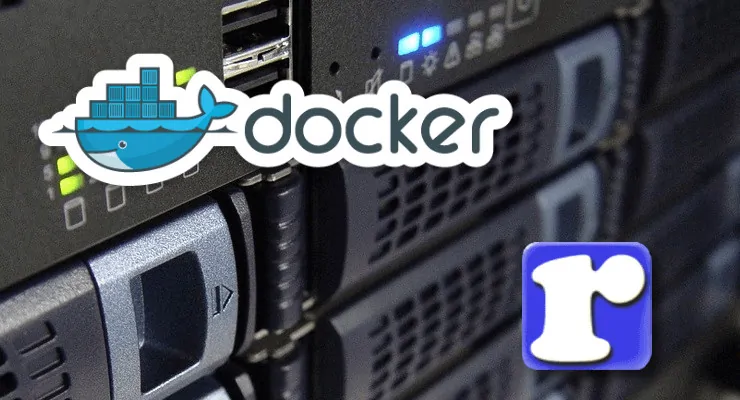
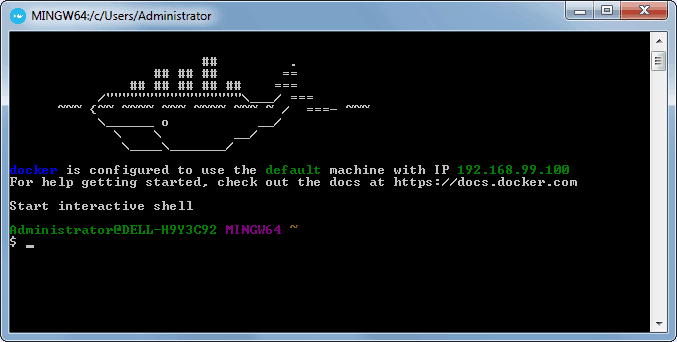
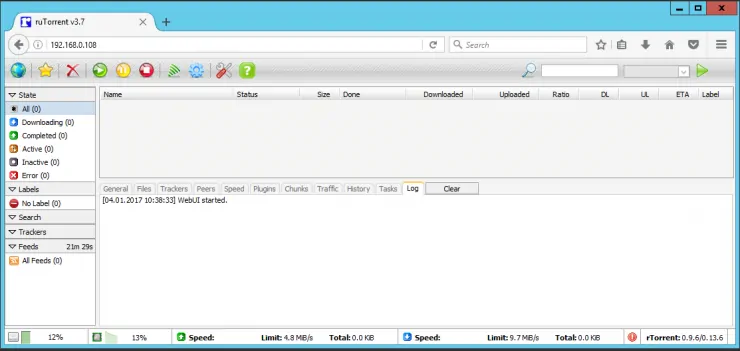
![15 Best Jellyfin Plugins [2023] - Supercharge your Media Server Jellyfin Intros Plugin Preview Pre-Roll](https://www.smarthomebeginner.com/images/2022/08/jellyfin-intros-preroll-preview.jpg)


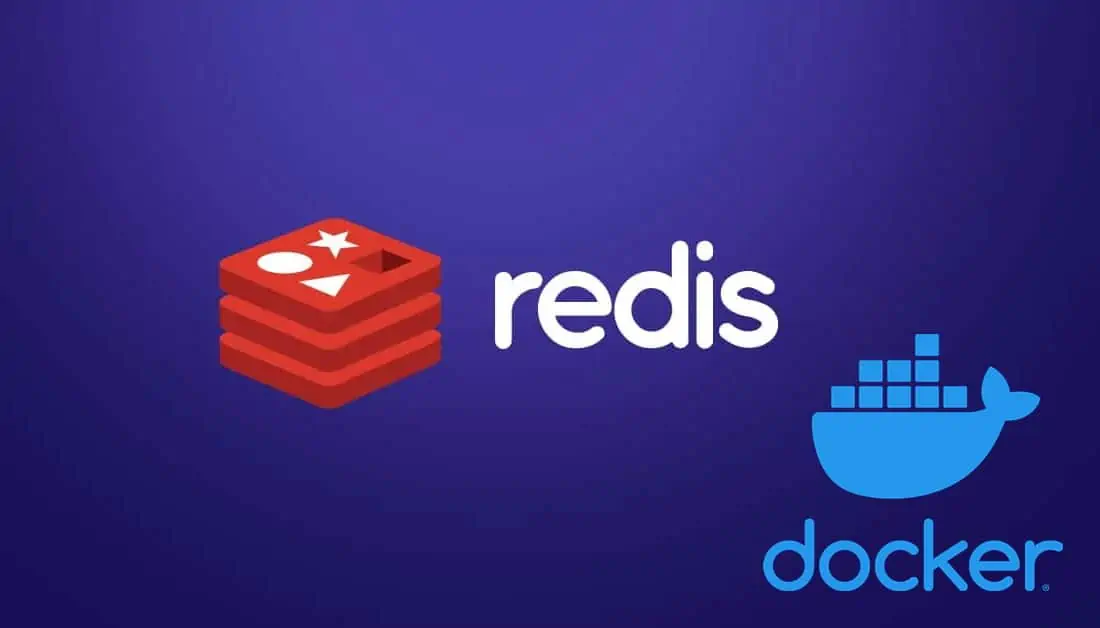
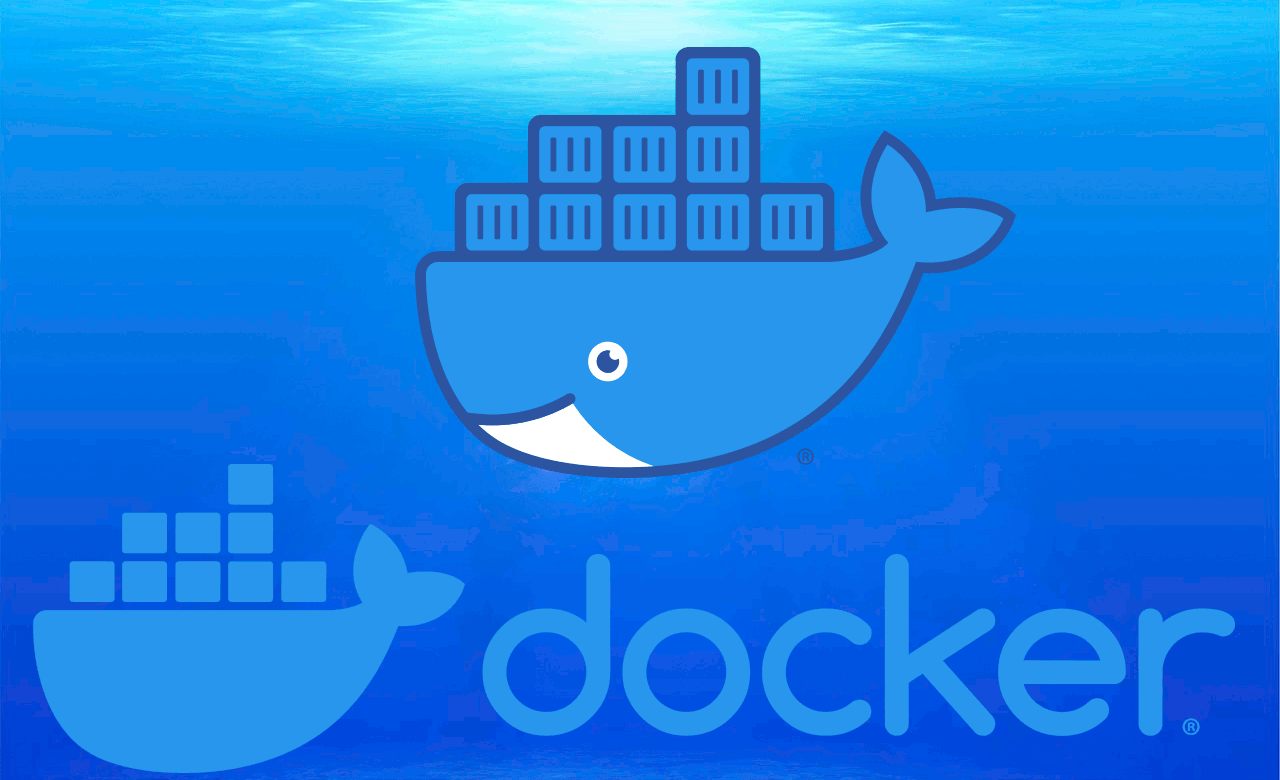
![10 Best Plex Client Devices [2022] - STUTTER-free Streaming Best Plex Client Devices](https://www.smarthomebeginner.com/images/2022/02/best-nas-for-plex-server-featured-images-from-pexels-photography-maghradze-ph-3764958-e1648542743772.jpg)